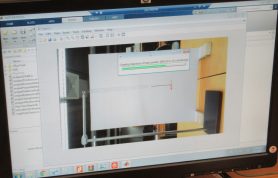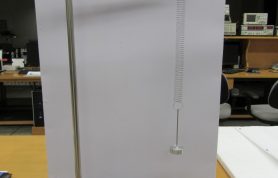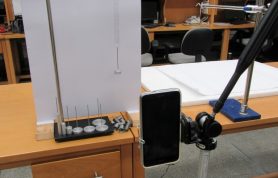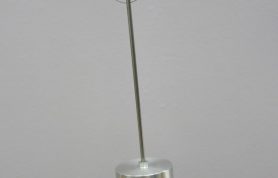| Student Manual | 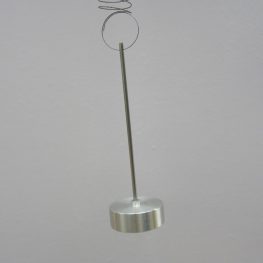 The harmonic oscillator, with all its manifestations, is an extensively studied system. It possesses a single degree of freedom. More complicated systems have more degrees of freedom, for example, two pendulums connected by a spring. In such cases, the behaviour of each variable influences the other which leads to a coupling between the individual degrees of freedom. Energy can toggle between the two degrees of freedom. A well-known example is the Wilberforce pendulum, where the oscillation alternates between the longitudinal stretching of a vertical spring and the rotation of a cylindrical object hung at the end of that spring. The aim of this experiment is to investigate the dynamics of the Wilberforce pendulum. |
| Software Code | Phystrack |
| Sample Results | Vertical oscillations for various moments of inertiaFourier contents for various moments of inertiaSquare of difference of squares of normal modes versus inverse of moments of inertia |
| Hardware Manual | Machining dimensions of the oscillating massSpecifications of the Wilberforce pendulum owned by Physlab |
| Experiment Code | 2.24 |
| Version | Version 2018-1 |
Further Readings and References
- Ch15 OscillationsIntroduction to Physics, R. Resnick, D. Halliday, K. S. Krane, 5, 390-413, (2001).
- Wiberforce pendulum oscillations and normal modesAmerican Journal of Physics, Richard E. Berg and Todd S. Marshall, 59, 32-38, (1991).
- The Pendulum: A Case Study in PhysicsOxford University Press, Gregory L. Baker, James A. Blackburn, 8-16, (2005).
